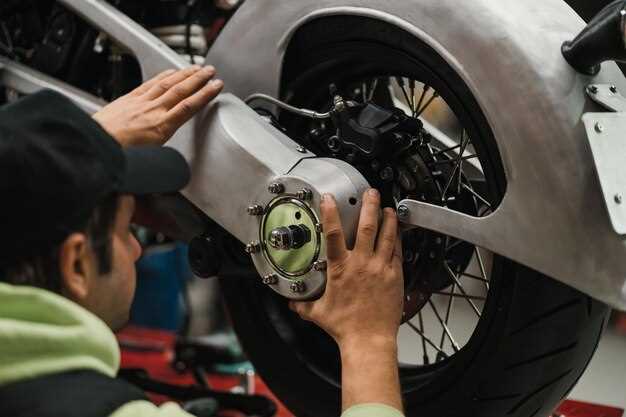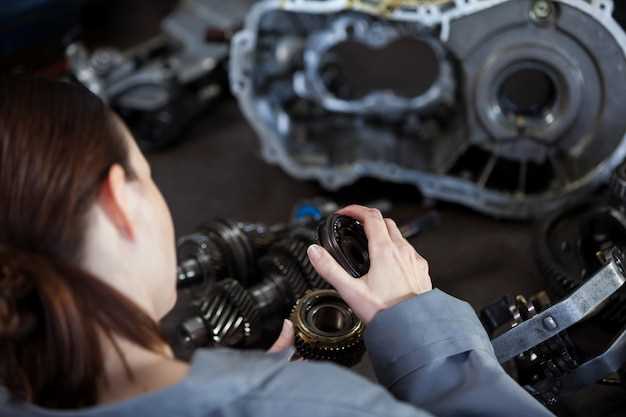How VW Tests New Racing Components

In the fast-paced world of motorsports, the reliability and performance of racing components are paramount. Volkswagen (VW) has established a rigorous approach to testing new racing components, ensuring that each piece meets the highest standards of quality and performance. This process begins in a controlled lab environment, where engineers and designers analyze every facet of a component’s design and functionality.
The initial phase of testing involves comprehensive simulations that mimic the extreme conditions encountered on the track. By utilizing advanced software and modeling techniques, VW can predict how a component will perform under stress. This data-driven approach allows for early identification of potential weaknesses before the components ever touch the pavement.
Once the simulations are completed, the components are subjected to rigorous physical testing. This stage is critical, as it tests the components in real-world scenarios, replicating the pressures and demands of high-speed racing. Whether it’s assessing the durability of brake systems or the aerodynamics of wings, each component undergoes exhaustive evaluations that adhere to stringent automotive engineering standards.
High-Performance Component Durability Testing in VW Labs
The durability testing of high-performance components at VW Labs is a crucial aspect of ensuring that their racing vehicles meet the rigorous demands of competitive motorsport. These tests are conducted in specialized facilities equipped with advanced technology designed to simulate a variety of racing conditions. Each component undergoes thorough examination to evaluate its performance under stress and fatigue, ensuring reliability and safety on the track.
In the lab, engineers utilize custom-built testing rigs that replicate real-world scenarios. These rigs assess components such as engines, transmissions, and suspension parts, pushing them to their limits through accelerated life testing. By subjecting these components to extreme conditions, VW can identify potential weaknesses and areas for improvement before they reach the racetrack.
One of the key methodologies employed in VW’s durability testing involves the use of accelerated wear simulations. This process allows the lab team to gather extensive data on component behavior over extended periods in a significantly reduced timeframe. Analyzing performance metrics such as fatigue resistance and thermal stability helps engineers refine designs and materials for optimal results.
Collaboration between engineers and designers is essential during this testing phase. Feedback loops are established to make iterative changes to components based on lab results. This approach not only enhances the durability of each part but also contributes to the overall performance of VW’s racing lineup.
Ultimately, the high-performance component durability testing in VW Labs exemplifies the company’s commitment to excellence in motorsport. Through meticulous analysis and innovative testing methods, VW ensures that each racing component can withstand the pressures of competition, translating into success on the racetrack.
Data-Driven Analysis of Race Component Performance Metrics

The testing of racing components at Volkswagen (VW) incorporates a robust data-driven analysis approach to ensure optimal performance on the track. Each component undergoes rigorous examination in a controlled lab environment, where various performance metrics are meticulously recorded and analyzed.
Key performance metrics include durability, weight efficiency, aerodynamics, and thermal stability. These metrics are essential in evaluating how each component operates under the extreme conditions typical of high-speed racing. For instance, weight reduction is critical; even a few grams can influence the overall speed and handling of the vehicle.
During the testing phase, advanced sensors and data collection tools monitor the behavior of racing components in real-time. This data is subsequently processed to identify trends and anomalies that may indicate potential failures or areas for improvement. By analyzing this information, engineers can make informed decisions regarding design adjustments or material enhancements.
The emphasis on data does not only serve to optimize existing components but also guides the development of new technologies. Using simulations alongside empirical testing allows VW to predict how changes can lead to better performance, thus continually pushing the boundaries of racing innovation.
This comprehensive data-driven methodology ensures that Volkswagen maintains its competitive edge by relying on science and research to inform decisions, ultimately leading to superior racing performance.
Integration of Cutting-Edge Technology in Component Testing Processes

Volkswagen (VW) has embraced advanced technologies to enhance its component testing processes, ensuring that each part meets the highest standards of performance and reliability. By incorporating state-of-the-art data analytics and simulation tools, VW can predict the behavior of racing components under various conditions, significantly reducing the time required for traditional testing methods.
One of the key innovations in VW’s approach is the utilization of virtual testing environments. These environments allow engineers to recreate real-world scenarios and assess how components would perform without the necessity of physical prototypes. This not only accelerates the development cycle but also enables VW to experiment with different designs and materials, optimizing the performance of each racing component.
Additionally, VW employs automated testing systems equipped with sensors and IoT technologies. These systems provide real-time feedback during testing phases, allowing for immediate adjustments and improvements. The integration of artificial intelligence further enhances this process by analyzing large datasets to identify patterns and predict potential failures before they occur.
Furthermore, collaboration with tech companies has enabled VW to leverage machine learning algorithms, which help in refining testing protocols. This collaboration ensures that the latest advancements in technology are seamlessly integrated into the testing of racing components, elevating the overall performance of VW’s racing vehicles.
In conclusion, the integration of cutting-edge technology in VW’s component testing processes exemplifies a forward-thinking approach that not only fosters innovation but also ensures competitive excellence on the racetrack. As VW continues to invest in these technologies, the future of racing components looks promising, with enhanced safety, efficiency, and durability at the forefront.



